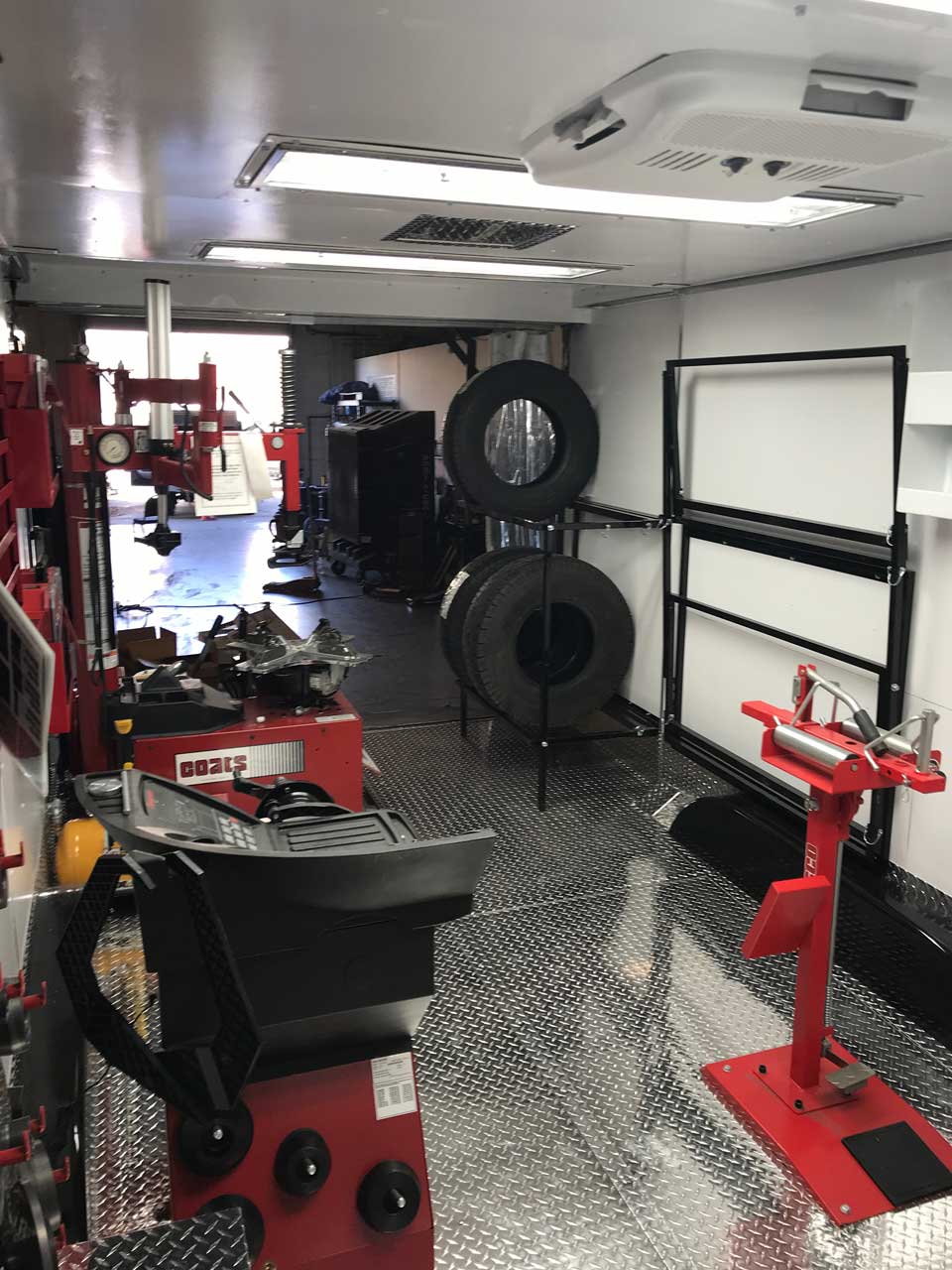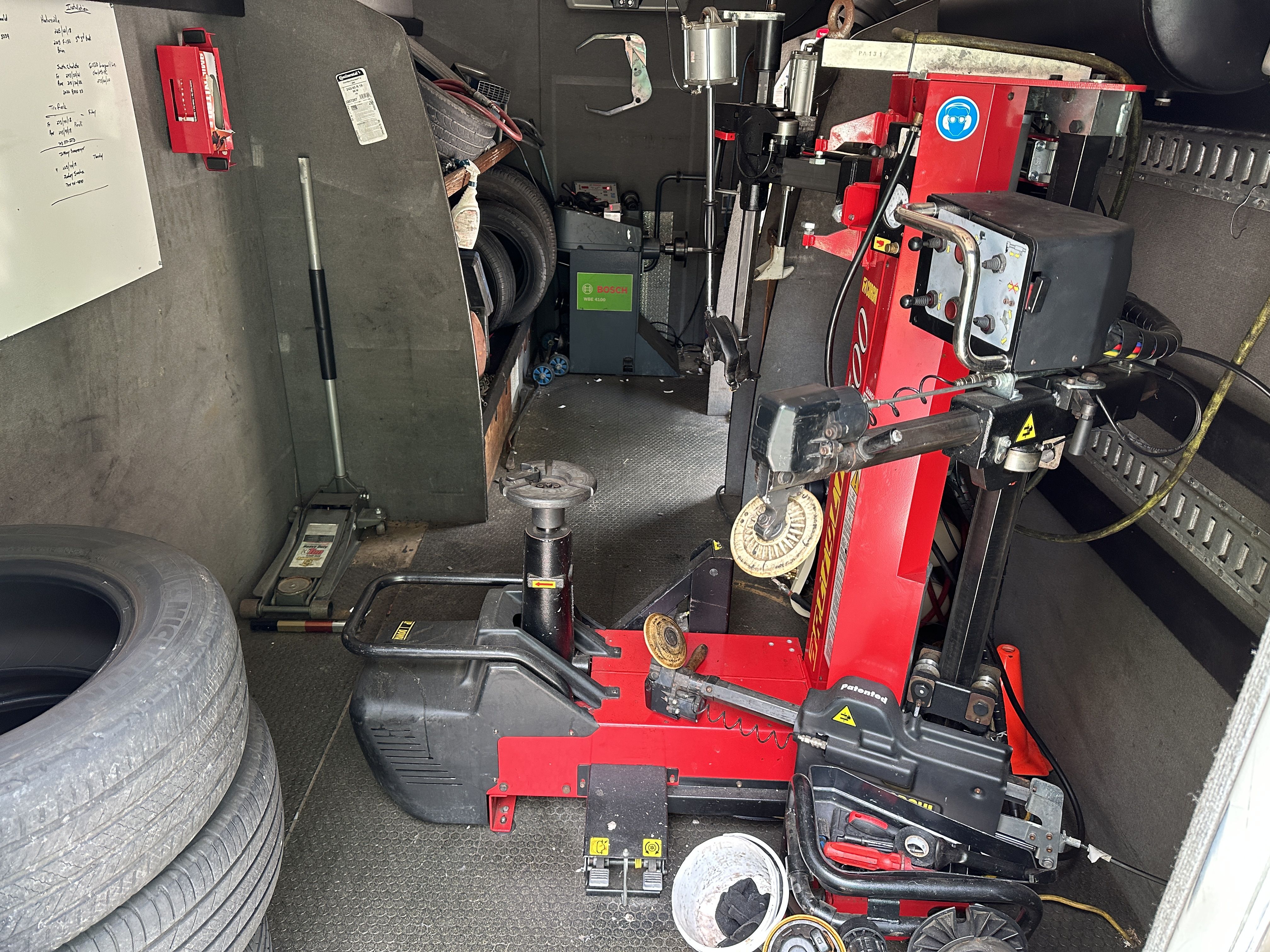Cost Effective Mobile Tire Replacement Las Vegas - Call Now!
Cost Effective Mobile Tire Replacement Las Vegas - Call Now!
Blog Article
Tire Solution: Proven Techniques for Optimal Tire Maintenance and Treatment
Keeping ideal tire problem is paramount for both safety and security and performance of any car. From making certain correct tire pressure to regular turning and placement, there are tested methods that can considerably extend the life-span of your tires and boost overall driving experience. As we check out the intricacies of tire care and maintenance, we will certainly reveal important standards that every vehicle owner ought to abide by for the very best possible results. Let's dive into the globe of tire solution and find the secrets to maintaining your tires in first-class form for the long run.
Significance of Tire Stress
Sufficient tire pressure promotes far better gas performance, as under-inflated tires can lead to boosted rolling resistance, causing the engine to work more challenging and take in more fuel. Appropriate tire stress guarantees even walk wear, enhancing tire durability and conserving cash in the long run by delaying the demand for premature replacements. Consistently checking and adjusting tire stress, especially previously long trips, is an easy yet efficient way to improve vehicle performance, extend tire life expectancy, and prioritize security on the roadway.
Tire Rotation Standards
When taking into consideration tire rotation guidelines, it is necessary to recognize the significance of this maintenance job in optimizing tire life expectancy and maintaining optimal lorry efficiency. Tire turning entails changing the position of each tire on a car to guarantee even step wear. Front tires have a tendency to put on quicker than back tires due to guiding pressures, making routine rotation important for well balanced wear patterns. The recommended turning pattern varies depending upon whether a car is front-wheel, rear-wheel, all-wheel, or 4x4. Typically, tires ought to be turned every 5,000 to 7,500 miles, or as recommended in the automobile guidebook. Ignoring tire rotation can lead to unequal wear, affecting handling, traction, and potentially compromising car security. By sticking to correct rotation guidelines, vehicle drivers can expand the life of their tires, enhance gas efficiency, and improve overall driving experience. Routine rotation is a basic yet efficient maintenance practice that contributes considerably to tire durability and car performance.

Benefits of Wheel Positioning
Guaranteeing proper wheel alignment after tire rotation is important for keeping balanced wear patterns and making best use of vehicle efficiency. Wheel placement refers to the modification of the angles of the wheels to the supplier's specs. One of the crucial advantages of wheel positioning is boosted steering and taking care of reaction. When the wheels are appropriately straightened, it decreases guiding effort, making sure a smoother and extra controlled driving experience. Furthermore, correct wheel alignment aids to expand the lifespan of your tires. Misaligned wheels can cause irregular tire wear, causing early tire replacement and enhanced upkeep prices.

Tire Tread Deepness Inspect
Doing a routine examination of tire tread depth is important for keeping safe driving problems and extending the lifespan of your tires. The tread on your tires plays a critical duty in offering grip, specifically in unsafe or damp conditions. To examine your tire walk depth, you can use a tread depth scale or the dime test. The recommended tread deepness is at least 2/32 of an inch. It is time to replace her comment is here your tires to ensure ideal this page efficiency and security on the road if the step deepness is below this limit. Irregular step wear can show concerns with tire suspension, stress, or positioning, highlighting the relevance of routine walk deepness checks. Ignoring to keep an eye on and keep proper step depth can lead to reduced hold, longer braking distances, and an increased danger of hydroplaning. By incorporating tire walk depth checks into your regular upkeep schedule, you can drive with confidence knowing that your tires are in top condition.
Seasonal Tire Evaluation
Seasonal tire inspection is a fundamental facet of tire maintenance that guarantees tires are prepared to encounter the challenges posed by different climate problems. In preparation for wintertime, it is crucial to inspect the tire pressure regularly as chilly temperature levels can trigger tire pressure to go down. By conducting routine seasonal tire inspections, motorists can extend tire life expectancy, enhance gas effectiveness, and most significantly, guarantee a safe driving experience in differing weather conditions.
Final Thought
In final thought, maintaining proper tire pressure, revolving tires consistently, lining up wheels correctly, keeping track of step depth, and conducting seasonal evaluations are important here techniques for optimum tire treatment. By following these confirmed methods, drivers can guarantee their tires last longer, perform far better, and contribute to total car security. It is very important to prioritize tire upkeep to avoid mishaps, enhance gas effectiveness, and extend the life expectancy of tires.
Sufficient tire pressure promotes better gas efficiency, as under-inflated tires can lead to enhanced rolling resistance, creating the engine to function more difficult and take in even more fuel.When considering tire rotation standards, it is important to understand the significance of this upkeep task in maximizing tire lifespan and preserving optimal car performance. Seasonal tire examination is an essential facet of tire maintenance that guarantees tires are prepared to face the difficulties presented by various climate problems. By performing routine seasonal tire evaluations, chauffeurs can extend tire life expectancy, boost gas performance, and most importantly, guarantee a safe driving experience in varying climate conditions.
In final thought, preserving correct tire pressure, rotating tires on a regular basis, lining up wheels properly, checking walk deepness, and carrying out seasonal examinations are important practices for optimal tire care.
Report this page